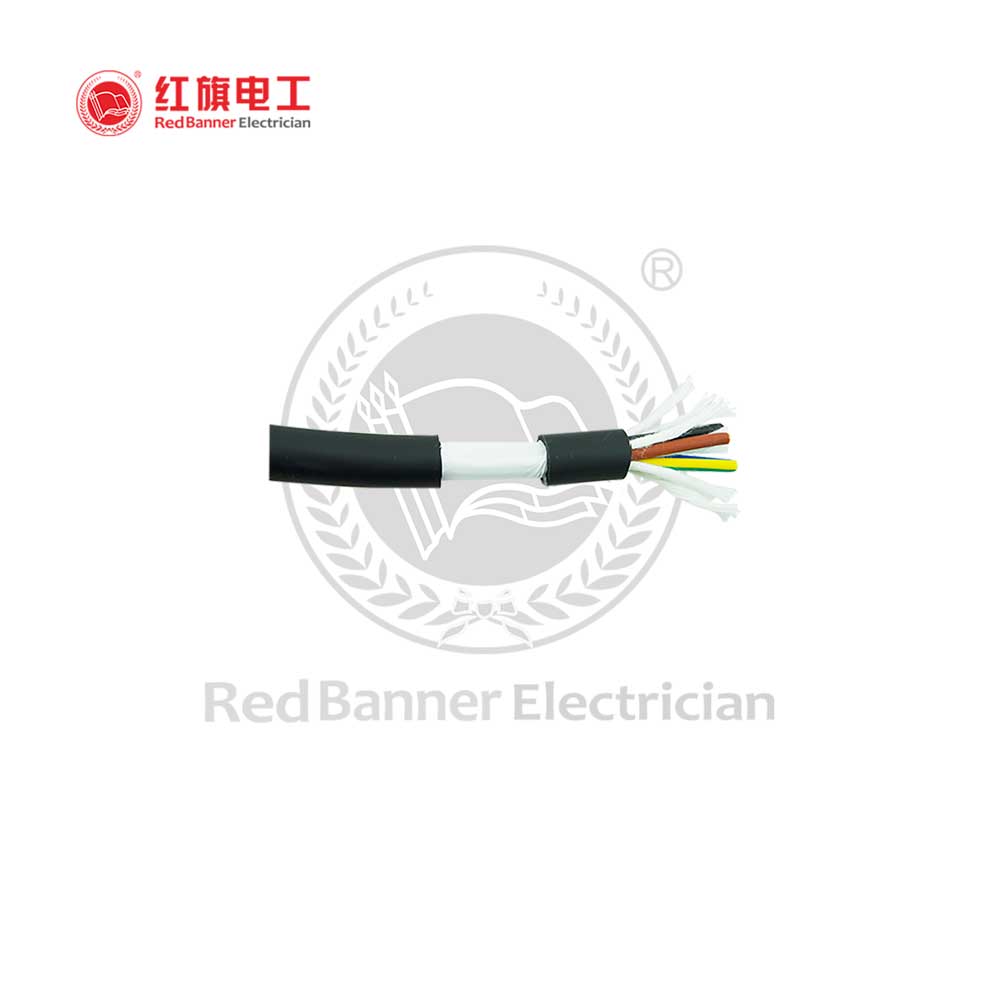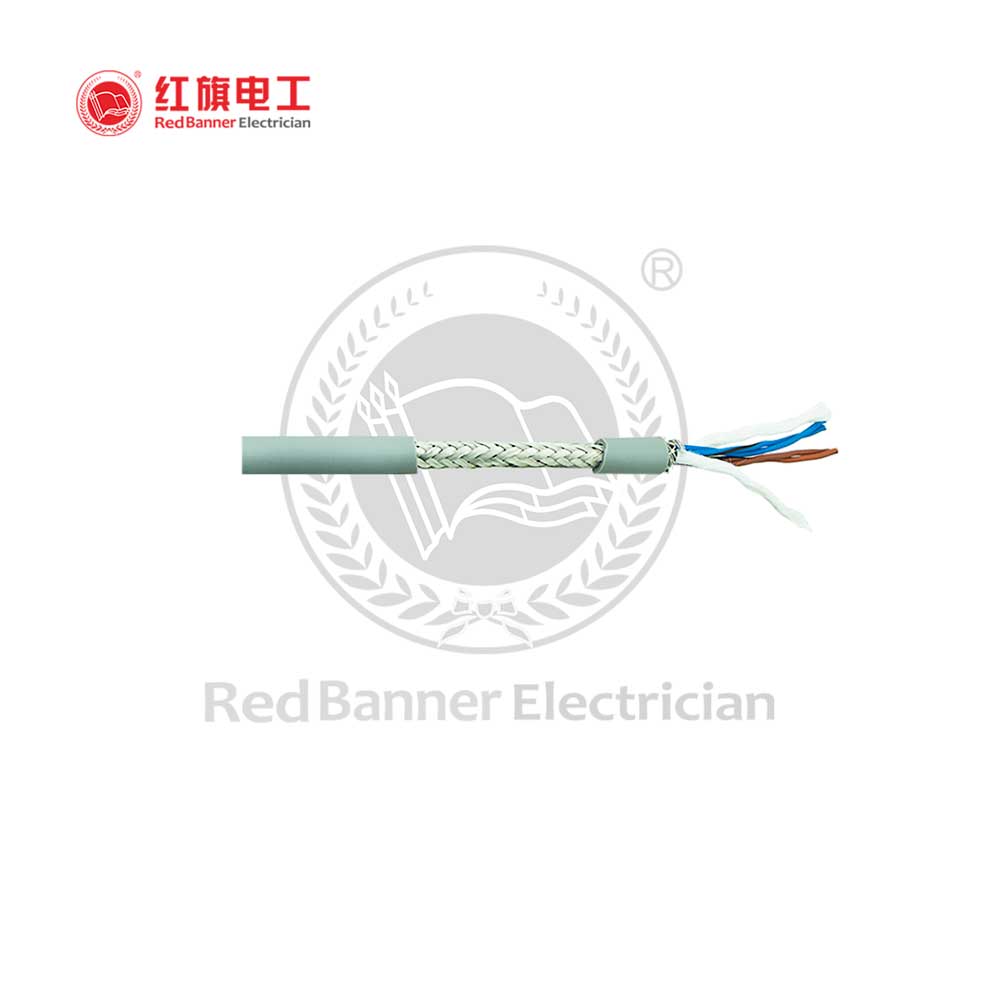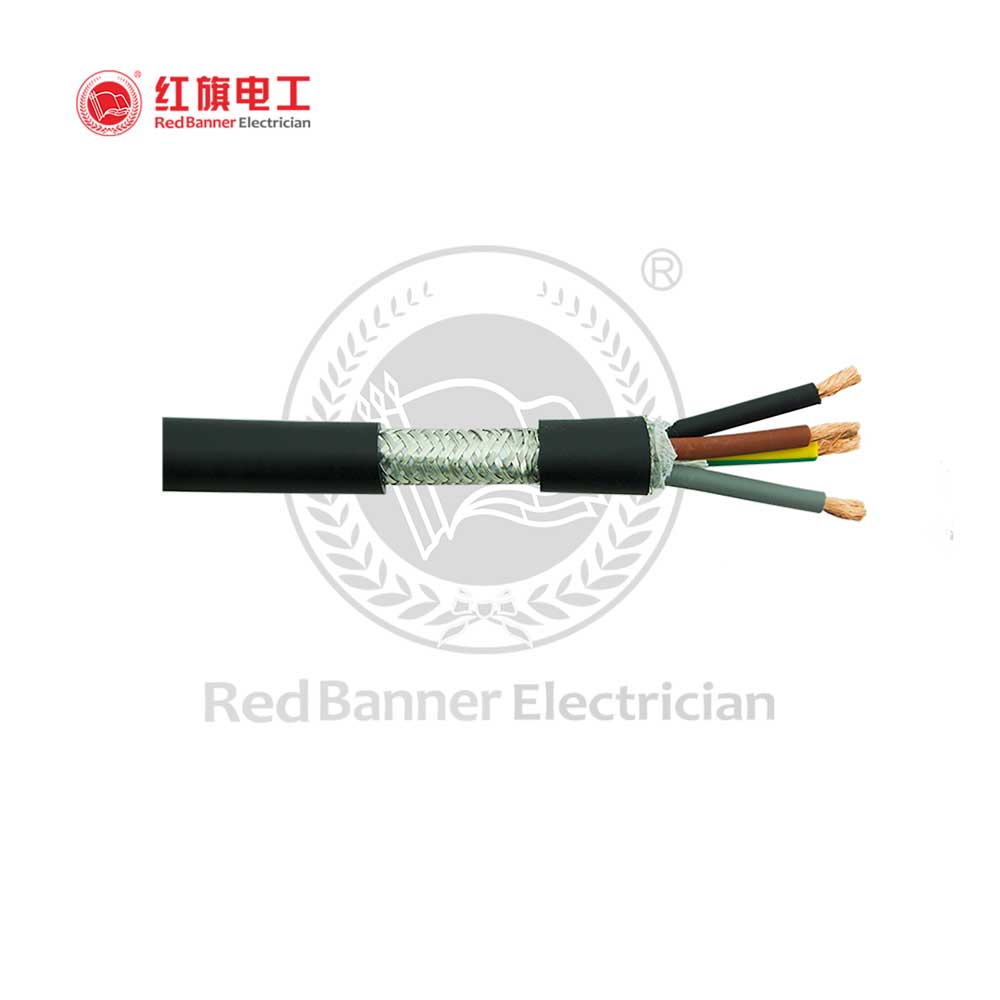What is the Maximum Current-Carrying Capacity of Your Flexible Cable Options?
 Jun 01,2023
Jun 01,2023
 1210
1210
 Red Banner Electrician
Red Banner Electrician
Flexible Cables vs. Standard: Current-Carrying Capacities Explored

Introduction
In the realm of electrical applications, understanding the capacity of your cables is paramount. Especially when we delve into the world of flexible cables, the topic becomes more intricate. Why? Because not all cables are made equal. While standard cables have been the backbone of electrical systems for years, flexible cables are gaining traction for their unique properties. But how do they stack up when it comes to current-carrying capacity? Let's dive deep into this topic and unearth the answers.
Understanding the Problem
When we talk about current-carrying capacity, we refer to the maximum current a cable can safely carry without exceeding its temperature limits. With the rise in demand for portable and adjustable electrical systems, the need for flexible cables that can handle significant currents has grown exponentially. However, there's a common misconception that flexible cables, given their adaptability, might compromise on their capacity. But is that truly the case?
The Importance of the Problem
The significance of understanding a cable's current-carrying capacity cannot be overstated. With the increasing reliance on machinery and electrical systems in industries, having cables that can't handle the required current can lead to disastrous consequences. Not only can it cause system failures, but it also poses a potential fire hazard. Now, bring flexible cables into the picture. Their application in areas where standard cables might not suffice gives them an edge. But it's crucial to know whether they can stand toe-to-toe with their standard counterparts in terms of capacity.
Suggestions Based on the Problem
For businesses looking to invest in flexible cables, it's essential to not just look at their flexibility but also their current-carrying capacities. Several factors affect this, including the cable's material, construction, and insulation. It's recommended to:
- Research: Before making a purchase, ensure that the flexible cable's specifications match your requirements.
- Safety First: Always prioritize cables that come with safety certifications, ensuring that they've been tested for their stated capacities.
- Consult with Experts: If in doubt, seek advice from professionals who can guide you based on your specific needs.
Summary
In the electrical world, cables are more than just conduits for current. They're the lifelines of systems, and understanding their capacities is crucial. While flexible cables offer unparalleled adaptability, it's essential to know that they don't compromise on their current-carrying capacities. Businesses should ensure they make informed decisions when choosing their cables, keeping both flexibility and capacity in mind.


 HOME
HOME Different Types of Power Cables for Industrial Applications
Different Types of Power Cables for Industrial Applications  You May Also Like
You May Also Like










 Tel
Tel
 Email
Email
 Address
Address









